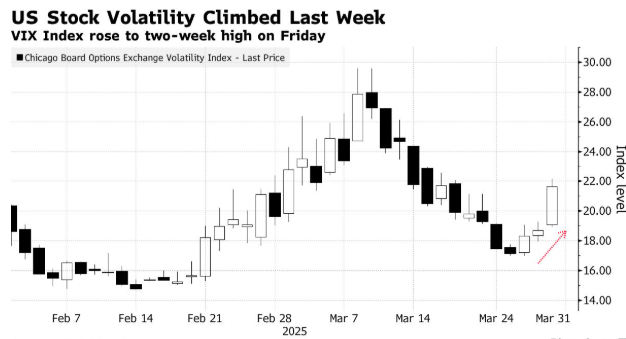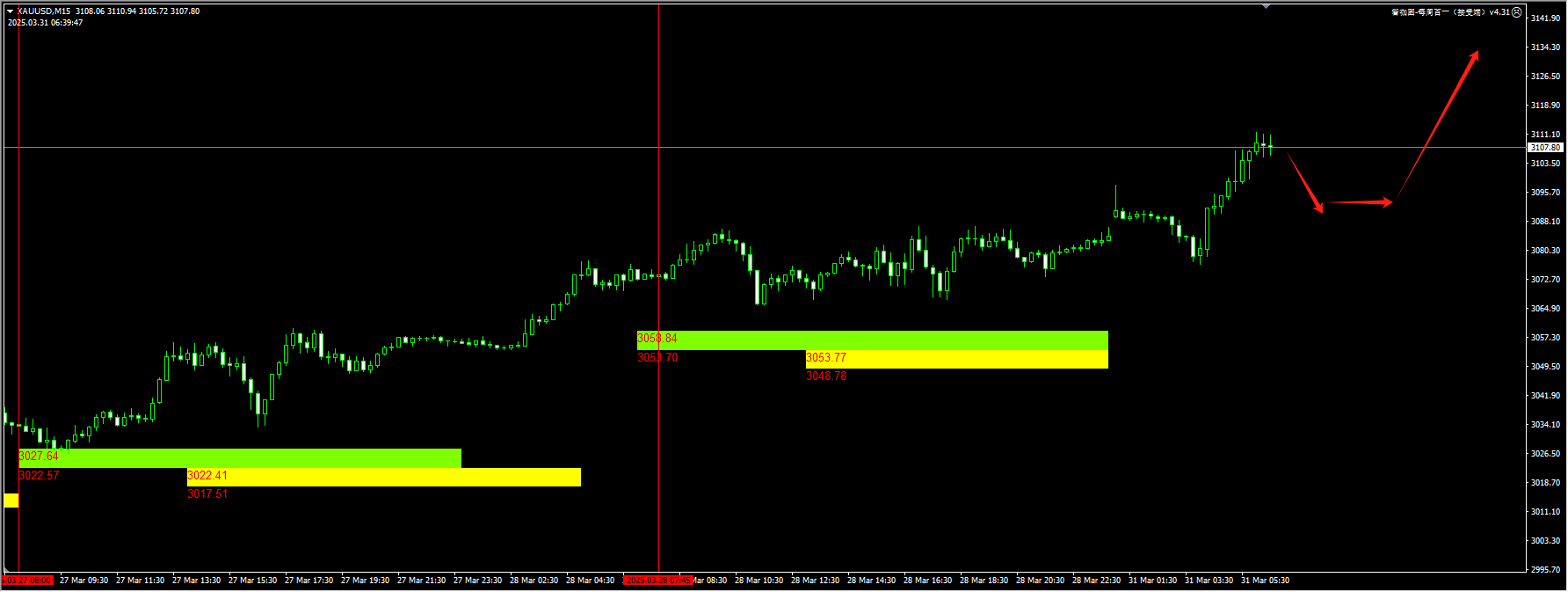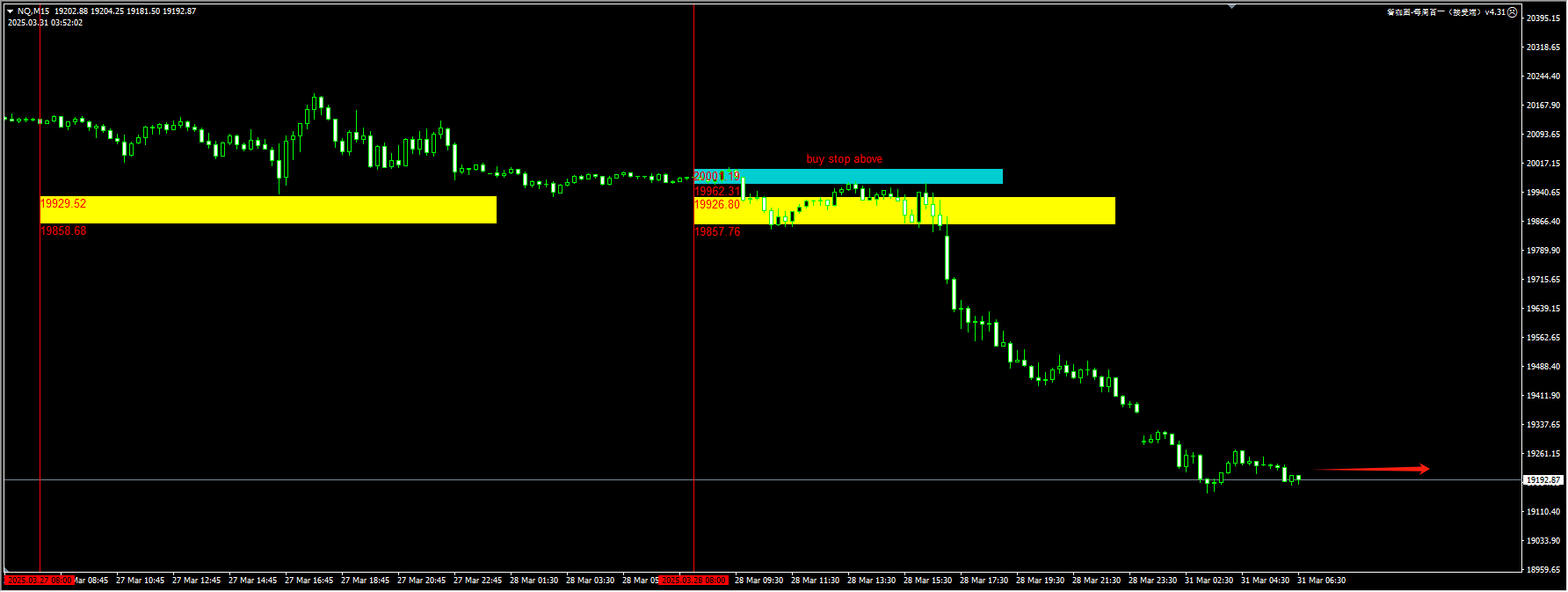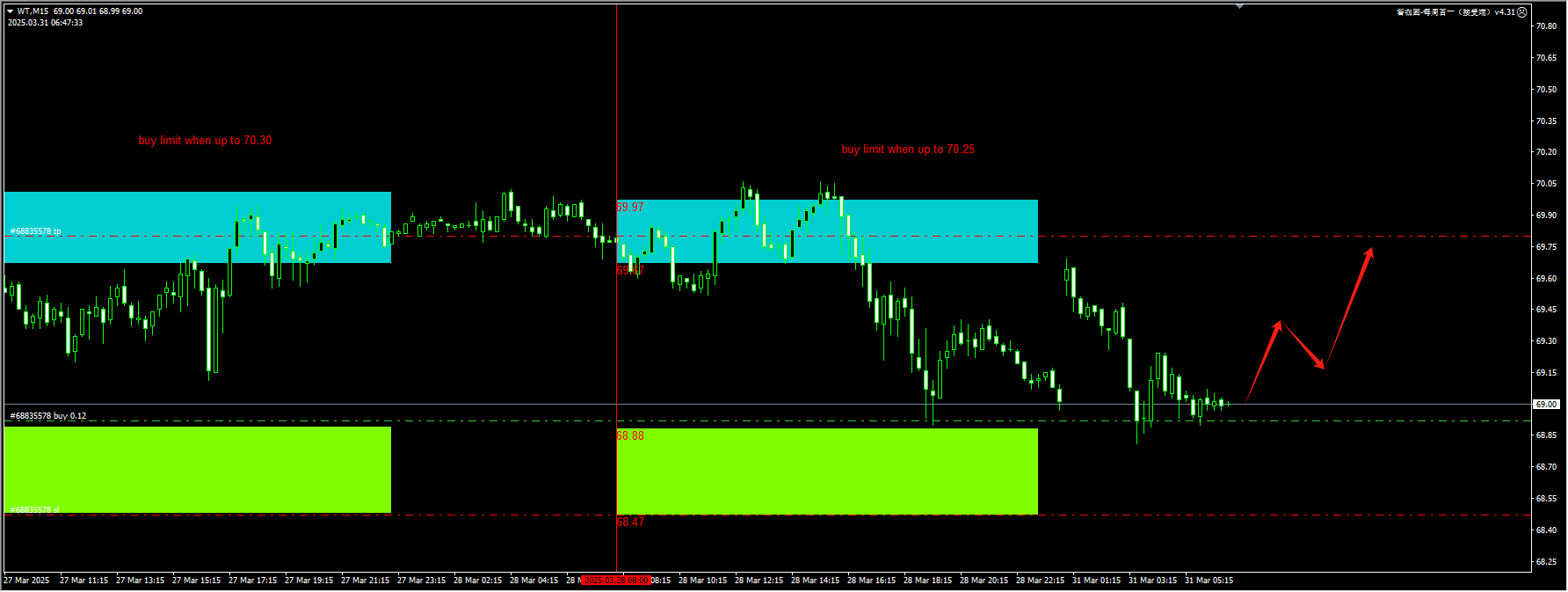Global stock markets suffered a fourth consecutive day of selling as US President Donald Trump announced a new round of tariffs and concerns over the economic impact of a global trade war intensified.
Stock markets tumbled from Sydney to Hong Kong. The Nikkei 225 index dropped to its lowest level in six months, and Taiwan’s benchmark index entered what is known as a “correction” phase, falling 10% from its peak. Futures for U.S. and European stock indexes declined. Driven by safe-haven demand, gold prices hit a record high, and U.S. Treasury yields fell.
Fund managers around the world are reluctant to make large-scale market entries or reduce the risks of their investment portfolios because they still have doubts about the announcement of so-called “reciprocal tariffs” and its impact on the economy. The latest US economic data shows that consumer confidence has declined and prices have risen. Economists at Goldman Sachs currently expect that the Federal Reserve will cut interest rates three times this year as tariffs drag down economic growth and push up the unemployment rate.
Katrina Ell, the head of economic research at Moody’s Analytics, said: “We have seen all these arbitrary and radical policy changes made by the Trump administration have a negative impact on the economy. That’s why we are seeing a significant increase in talk about the possibility of a US economic recession. The situation we are about to face is worrying.”

Trump said he plans to start imposing reciprocal tariffs on “all countries”, quelling speculation that he might limit the scope of the initial tariffs due to be announced on April 2. Trump has called the upcoming tariffs “liberation day”, and last week he escalated the trade war by threatening a 25% tariff on all non-US-made cars. He had previously said the reciprocal tariffs would be “very lenient”.
According to the announced scale, Bloomberg Economics believes that given the possibility of significant tariff hikes on imported products in some countries, the US GDP and prices may be impacted in the coming years.
Trump said that if a ceasefire agreement could not be reached with Ukraine, he would consider imposing a “secondary tariff” on Russian oil and its buyers. Russia is the world’s third-largest crude oil producer, and this could have a profound impact on the global economy, especially on China and India, which have become major buyers.
In China, factory activity continued to expand in March, which is good news for the world’s second-largest economy.
Barclays strategist Themistoklis Fiotakis wrote in a note to clients: “Despite growing concerns over soft data in the US, hard data has performed better.” “This makes the upcoming Job Openings and Labor Turnover Survey data this week particularly important for assessing the potential damage of tariff uncertainty to the US economy.”
Mark Meredith, head of foreign exchange electronic trading and algorithmic execution at Citigroup, said: “On the surface, liquidity may seem quite strong. But in reality, it becomes increasingly fragile in extreme events.”
Wall Street is no stranger to these illusions, which have long plagued U.S. Treasuries and even emerged in the money markets before. But they are particularly worrying in the foreign exchange market, where everyone from central banks and corporations to pension funds and hedge funds relies on it to manage risks and fund operations.
In addition, the current unpredictable political situation in the United States has caused a huge impact on all assets through President Donald Trump’s constantly changing tariff statements, and people are worried that the fragile currency liquidity may one day trigger a broader market crisis.
Technical analysis:
Gold: Amidst uncertainty, the gold price has once again demonstrated its certainty. The price broke through the 3100 level in the Asian session today. Although the low-buying area we previously mentioned in the plugin has not been reached, we should continue to adhere to the low-buying strategy within the day. The 3080/90 area is a position worth paying attention to. For detailed positions, please consult the plugin.

(Gold 15-minute chart)
The plugin is updated from 12:00 to 13:00 every trading day. If you want to experience the same plugin as shown in the chart, please contact V: Hana-fgfg.
The Nasdaq index: The price has dropped significantly from around 20,000 to the 19,100 range, hitting a new low recently. Before the new tariff plan is implemented, the market is reluctant to take on more risks. Therefore, we predict that the price may remain in a sideways consolidation pattern until April 2nd, with few trading opportunities. For detailed positions, please consult the plugin.

(NASDAQ 15-minute chart)
The plugin is updated from 12:00 to 13:00 every trading day. If you want to experience the same plugin as shown in the chart, please contact V: Hana-fgfg.
Crude oil: The price has finally entered our green buying zone. If it can consolidate within the day, it may make a second attempt to break above 69.50. It is recommended to hold the long positions opened on Friday. If you want to open new long positions, you can consider the signal of a bullish engulfing pattern breaking out. For detailed positions, please consult the plugin.

(Crude Oil 15-Minute Chart)
The plugin is updated from 12:00 to 13:00 every trading day. If you want to experience the same plugin as shown in the picture, please contact V:Hana-fgfg.
Today’s key financial data and events to focus on:
20:00 Germany’s final Harmonized Index of Consumer Prices for March
21:45 US Chicago PMI for March
22:30 U.S. Dallas Fed Manufacturing Index for March
